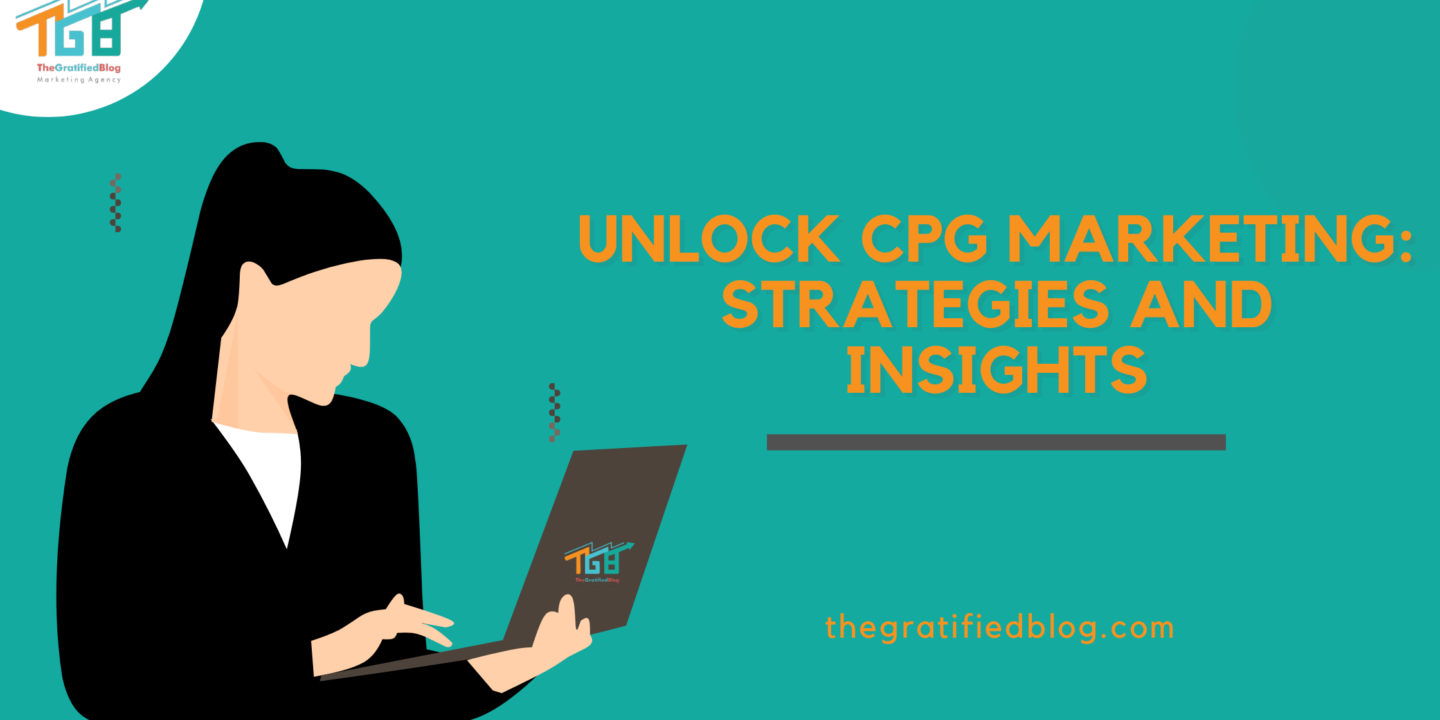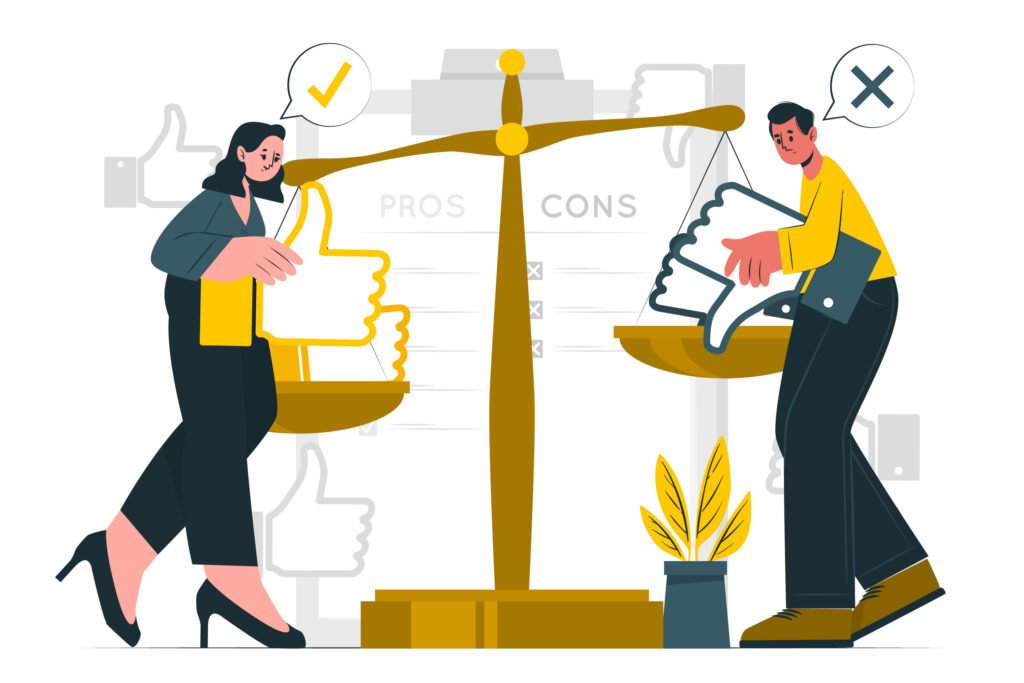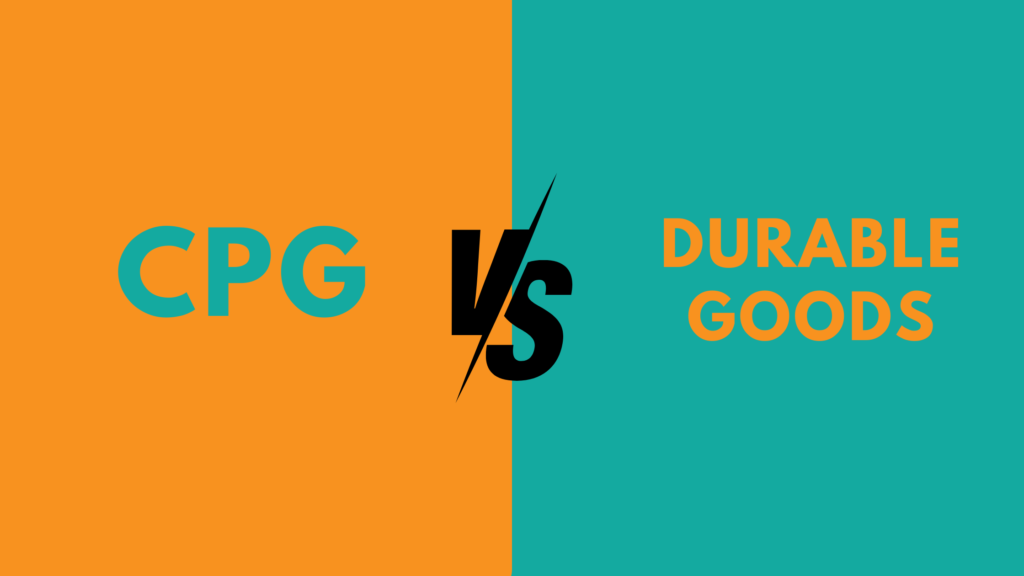
CPG marketing is critical in our modern world, where we’re bombarded with daily options and ads. CPG, which stands for Consumer Packaged Goods, includes snacks, drinks, and cleaning products we buy regularly. CPG marketing is about how companies make us want to pick their products over others. It’s a dynamic and creative field where brands use various strategies to grab our attention and keep us as loyal customers.
This blog takes an in-depth look at several key aspects: What Constitutes CPG Marketing, the Significance of CPG Marketing, the Pros and Cons of CPG Marketing, the Distinctions Between CPG and Durable Goods Marketing, the Leading CPG Marketing Strategies for 2023, and a Summarizing Conclusion.
What Is CPG Marketing?
Consumer Packaged Goods (CPG) Marketing is a company’s strategies that are used to promote and sell everyday products that people use regularly. These products include snacks, beverages, cleaning supplies, and personal care items in grocery and convenience stores.
CPG marketing aims to make these products stand out, attract customers, and convince them to choose one brand over others, often through advertising, packaging design, pricing, and promotions. It’s all about getting these everyday items into your shopping cart.
Why Is CPG Marketing Important?
- Brand Awareness: Effective CPG marketing builds and maintains brand recognition, making products instantly identifiable in a crowded market. This fosters trust and ensures consumers think of your brand when they shop.
- Customer Loyalty: CPG marketing focuses on nurturing long-term relationships with customers. Loyal customers make repeat purchases, recommend your products, and forgive occasional missteps, contributing to sustained success.
- Market Competition: The highly competitive CPG industry demands effective marketing strategies to stand out. Unique product features, compelling storytelling, and innovative packaging are essential to gain a competitive edge.
- Innovation: CPG marketing drives product development by identifying emerging trends and consumer needs. It influences innovation through market research, ensuring that products remain relevant and appealing.
- Revenue Generation: CPG marketing drives sales and optimizes profitability. This includes competitive pricing and effective distribution to reach the right audience, ensuring sustained business growth.
Advantages And Disadvantages Of CPG Marketing

Advantages Of CPG Marketing
- Broad Consumer Base: CPG products cater to diverse consumer needs, allowing brands to reach a vast and varied audience. This breadth of appeal enables companies to tap into different market segments, expanding their customer base and market share.
- Frequent Purchase: CPG products are regularly consumed, leading to repeated purchases. Effective CPG marketing strategies secure initial sales and nurture customer loyalty, encouraging consumers to choose a particular brand over competitors consistently.
- Predictable Demand: CPG items often exhibit stable demand patterns, making it easier for businesses to forecast sales and manage inventory efficiently. This predictability enables smoother production planning and supply chain management.
- Brand Loyalty: With frequent interactions and purchases, CPG brands have ample opportunities to foster brand loyalty. Consistently delivering quality and value can create a loyal customer base that continues to choose your products over others.
- Fast Product Cycles: CPG products can adapt swiftly to evolving consumer preferences and market trends. Shorter product cycles allow brands to introduce new flavors, variations, or packaging to align with what’s currently popular, keeping their offerings fresh and appealing.
Disadvantages Of CPG Marketing
- Intense Competition: The CPG industry is highly competitive, with numerous brands vying for consumer attention. This fierce rivalry can make it challenging to stand out and gain a significant market share, especially for new entrants.
- Price Sensitivity: Price sensitivity is a prevalent challenge in CPG marketing. Consumers often make decisions based on price, leading to price wars and tight profit margins for brands, particularly when similar products saturate the market.
- Short Product Lifecycle: CPG products typically have short lifecycles, requiring constant innovation and adaptation. Brands must invest in research and development to keep up with changing consumer preferences, which can be resource-intensive.
- Retailer Dependence: CPG brands often rely on retailers for distribution. Retailer decisions influence the placement and visibility of products on store shelves, and securing prime shelf space can be competitive and costly.
- Environmental Concerns: CPG products generate significant packaging waste, contributing to environmental concerns. Brands must address sustainability issues by adopting eco-friendly packaging and reducing their ecological footprint, which can be challenging and costly.
CPG vs. Durable Goods: Key Differences

Consumer Packaged Goods (CPG) and Durable Goods represent two distinct categories within consumer products, each characterized by unique attributes and behavior patterns.
Understanding the critical differences between CPG and Durable Goods is essential for marketers and businesses seeking to tailor their strategies effectively. Let’s delve into these critical differences.
- Product Lifespan
- CPG: Consumer Packaged Goods have relatively short lifespans. These are typically perishable or consumable products with a limited shelf life. Examples include food, beverages, toiletries, and cleaning supplies.
- Durable Goods: Durable Goods, on the other hand, have longer lifespans and are designed to last for an extended period. These encompass items such as appliances, electronics, automobiles, and furniture.
- Purchase Frequency
- CPG: CPG products are purchased frequently, weekly, or monthly, depending on consumer needs. Consumers typically buy these products repeatedly.
- Durable Goods: Durable Goods are infrequently purchased, with consumers making these decisions less frequently, sometimes over several years.
- Consumer Decision-Making
- CPG: Consumers often make quick and routine decisions when buying CPG products. Price, brand loyalty, and immediate needs are significant in these decisions.
- Durable Goods: The purchase of Durable Goods involves more complex decision-making. Consumers conduct extensive research, compare features, consider long-term costs, and weigh factors like durability and warranty.
- Marketing Strategies
- CPG: Marketing for CPG products emphasizes creating strong brand recognition, effective shelf placement, eye-catching packaging, and promotions to influence impulse buying decisions.
- Durable Goods: Marketing for Durable Goods focuses on educating consumers about product features, benefits, and long-term value. It often involves demonstrations, in-depth content, and a more consultative sales approach.
- Consumer Behavior
- CPG: Consumer behavior in the CPG sector is driven by routine and habit. Shoppers often follow familiar purchasing patterns and are influenced by factors like price discounts and advertising.
- Durable Goods: Consumer behavior in this category is characterized by considered decision-making. Buyers invest time evaluating options, reading reviews, and seeking expert advice.
- Post-Purchase Experience
- CPG: Post-purchase interactions are limited for CPG products. Brands may focus on customer loyalty and soliciting reviews to encourage repeat purchases.
- Durable Goods: The post-purchase experience is crucial for Durable Goods. It involves customer support, warranty services, and opportunities for upselling or cross-selling complementary products.
Top CPG Marketing Tactics For 2023
- Invest In Social Media And Content Marketing
Use platforms like Facebook, Instagram, and TikTok to engage consumers. Create compelling content, including videos, blogs, and infographics, to showcase your products, share stories, and connect with your audience.
- Maximize Your Success By Leveraging Product Reviews
Encourage satisfied customers to leave positive reviews on e-commerce platforms and social media. Positive reviews build trust and influence potential buyers.
- Create Retail Media Campaigns
Collaborate with retailers to develop targeted advertising campaigns within their online platforms. These campaigns can enhance visibility and conversion rates among shoppers interested in your product category.
- Focus On Website User Conversions
Optimize your website to ensure a seamless user experience. This includes fast loading times, easy navigation, and clear calls to action to increase conversions from website visitors.
- Strengthen Your Relationships With Retailers
Build strong partnerships with retailers, both online and offline. Effective communication and collaboration with retailers can lead to better shelf placement, promotional opportunities, and increased sales.
- Product Subscriptions
Offer subscription services for CPG products, providing convenience and a steady revenue stream. Subscription models can also foster customer loyalty and repeat business.
- Invest In Experiential Marketing
Engage consumers with immersive brand experiences like pop-up shops, interactive events, or virtual reality campaigns. These experiences create lasting impressions and strengthen brand connections.
Conclusion
Now that you’ve gained insight into CPG Marketing, don’t hesitate. Implement these strategies in your business today and discover their positive impact on your results.
If you still have any questions related to the blog, then feel free to leave them in the comments section. We will be happy to answer you.
Thanks for reading 🙂
Also read: A Guide To Twitter Marketing, and
Learn How Hashtag Marketing Can Increase Your Reach








No Comments